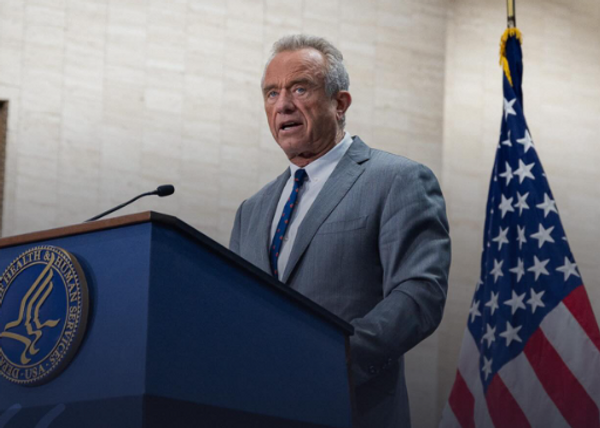
The S&P 500 clinched new record highs on Tuesday as investors reacted to weaker inflation data and heightened expectations for a September interest rate cut. The upbeat mood was found across key ETFs, which received heavy inflows and significant price appreciation.
SPY is back in the limelight as inflation cools. Check its live prices here.
- SPDR S&P 500 ETF Trust (NYSE:SPY) and Vanguard S&P 500 ETF (NYSE:VOO) are two of the most liquid vehicles that follow the S&P 500. Both funds continued their advance as investors clamored for broad-market equity exposure. The two ETFs provide low-cost exposure to U.S. large caps and therefore serve as default allocations for retail and institutional investors in rising markets.
- The iShares Russell 2000 ETF (NYSE:IWM), offering a window into smaller, more domestically sensitive cap stocks, led the way with a return of around 3% on Tuesday, marking increased enthusiasm for breadth beyond the megacap names. The fund is up another 1.4% on Wednesday.
- At the same time, rate-sensitive sector funds like the Financial Select Sector SPDR Fund (NYSE:XLF) and Industrial Select Sector SPDR Fund (NYSE:XLI) increased on Tuesday as investors anticipated that a lower interest rate climate would increase credit demand, capital spending, and cyclical expansion. Although the fund has pared some of the gains on Wednesday, interest in these funds are likely to continue.
Annual inflation remained at 2.7%, according to the most recent Consumer Price Index (CPI) reports. This alleviated fears that tariffs would rekindle pressure on prices.
The reading supported bets for the Federal Reserve to start to ease monetary policy. The CME FedWatch Tool indicates a near-94–97% chance of a rate cut at the September meeting.
Sentiment stayed resolutely upbeat, with CNN’s Fear & Greed Index continuing to reside in the “greed” sector. The advance stretched out into larger-cap tech names, with significant support from cyclicals and small caps, spaces frequently viewed as harbingers of increased economic optimism.
However, analysts cautioned that risk still exists. Morgan Stanley, for example, points to softening labor market trends.
Growth prospects, outside the “Magnificent Seven,” remain uneven. Additionally, potential tariff effects could dampen the rally.
With monetary policy set to turn towards loosening, broad-market and cyclical ETFs may remain supported. However, the durability of the rally will be contingent upon macroeconomic strength and corporate earnings follow-through.
Read Next:
Image: Shutterstock







